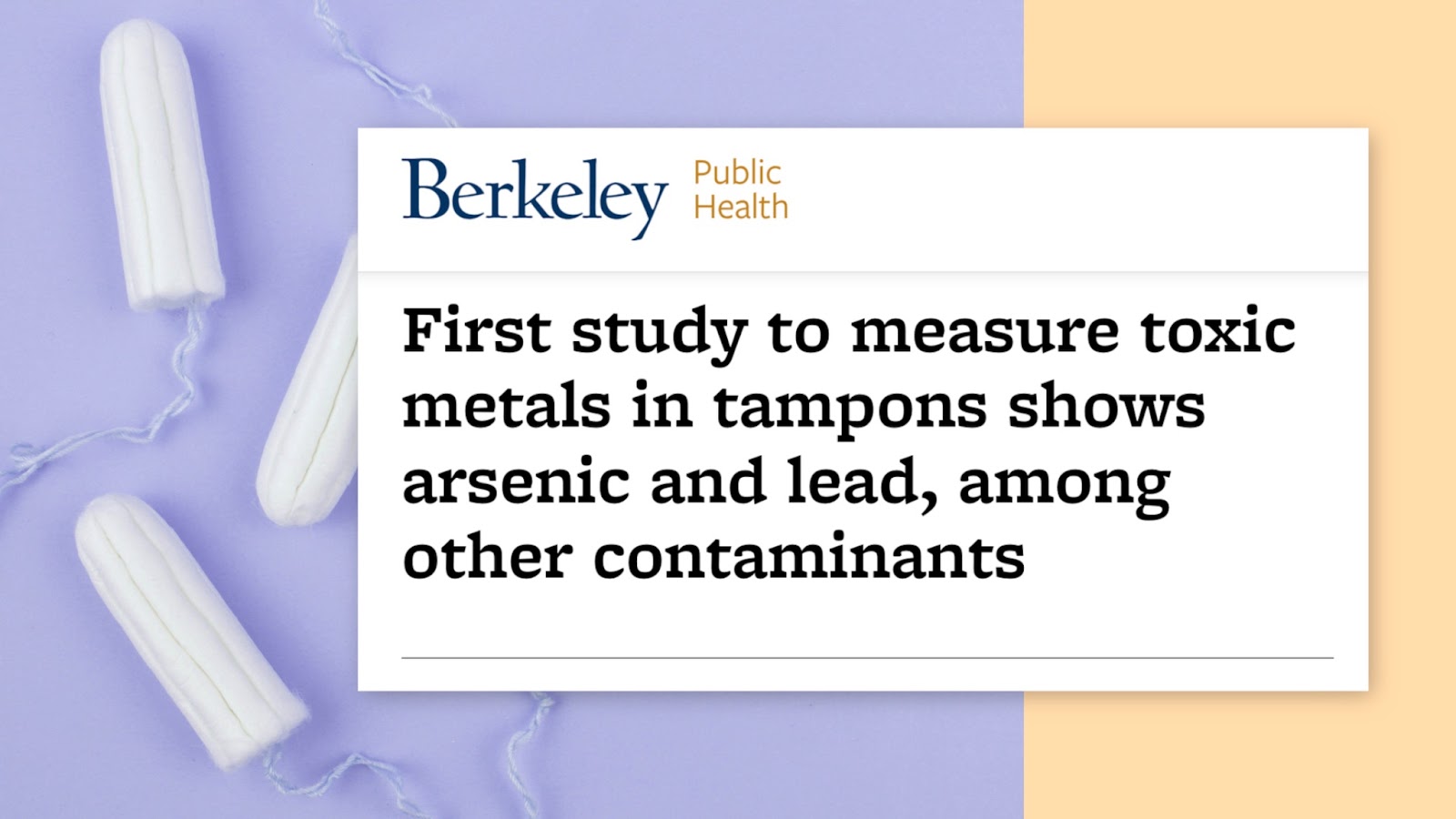What’s an ovarian cyst? Well, you probably guessed that it can be painful, but here are some other facts that you probably want to know.
Don’t have time to read this blog post? Watch it here instead!
Hi, I’m Dr. Rich and my passion is to provide every woman with practical knowledge about the world of women’s health, ovarian cysts. Well, it’s a very commonly Googled and YouTubed topic. YouTubed, is that a term? Well, we’ll make it a phrase anyway, stay tuned. And we’ll give you the facts about ovarian cysts, where they come from, and how to treat them. What is an ovarian cyst? Well, the ovary itself is part of the female reproductive system. Every month, an ovary will let out an egg, which would then be having the chance to get fertilized and become a pregnancy. So in the normal functional process of growing this ovum every month, you will see a cyst form and it can actually be visualized on an ultrasound for example. And sometimes you can feel that now most functional Ovarian cysts are not symptomatic, not painful. And even as you see them on ultrasound, you don’t need to do anything about them, but rarely there can be ovarian cysts that are part of a group of cysts called tumors that could be either benign or cancerous.
And those types of cysts typically do need to be treated. Next question, what causes ovarian cysts? Well, as we described, most cysts will arise out of the natural process of the egg or the ovum maturing and growing every month and getting obsoleted so that it can be in place for the possibility of fertilization. So in the first half of the cycle, we can have any number of small cysts. Uh, in the second half of this cycle, the obviated cyst becomes something called a Corpus luteum. All of these can be seen on ultrasound and all of these can be a normal, small cyst or perhaps rupture, or have a blood vessel break and become a hemorrhagic or a blood-filled cyst. These makeup more than 90% of all cysts. They alternate from one side of the body to the other. They can look simple or complex in nature.
Most of them aren’t symptomatic, although some can be. And the treatment, the strategy, the management for most of these cysts are just watchful, waiting and checking again with another ultrasound in a couple of months’ time to ensure that the body has absorbed them and they’ve gone away. What are the signs or symptoms of an ovarian cyst? Well, again, I think it’s important to put this up into normal functional cysts, which occur in the natural process of ovulation every month versus ovarian tumors or neoplasms, which are by definition, uh, a departure from the normal process of ovarian cyst formation symptoms. Typically for either one could be a pain, a dull pain, an ache, a radiating pain that can go one side or the other, or you can go to the back or down the leg. Uh, it can be a feeling of pop if the cyst were to rupture, um, or just general dull ache pain with intercourse, any of these could be symptoms of an ovarian cyst.
The next question is actually a very good question. So can ovarian cysts cause fertility? There’s one specific type of ovarian cyst that definitely is associated with infertility and this cyst is called an endometrioma. Okay. And what that is. We’ve done many videos now on a condition called endometriosis, and you can check those out here. What endometrioma is, is its endometriosis disease. That’s localized on the ovary and forms a cyst. It’s not specifically the cyst that causes infertility, but the condition, the condition of endometriosis, which produces a lot of inflammation and actually interferes with both the sperm and the egg and the function of the tube, and therefore can cause problems with fertility. Can ovarian cysts be cancerous? Well, unfortunately, uh, there is a risk about one in 70-lifetime risk for a woman to develop ovarian cancer. It’s also unfortunate that we don’t have a great screening strategy to detect these types of cancer cysts.
And the fact is many of these are identified in a later stage disease, uh, where survival is lower. So we have to be vigilant as patients and vigilant as providers. When we see something that might be suspicious, uh, to continue and observe that and follow that out and do another testing that we might need to in order to detect that and catch it as early as possible with your guide to cancer cysts, most of these are going to occur in the age around menopause and the age after menopause, but a small subset of cancer cysts can occur during the reproductive years. And unfortunately in some circumstances can result in the need for removal of the ovary or even the entire reproductive tract, which in a younger patient, you know, could have devastating consequences for fertility. Um, but in a circumstance like that, uh, if it’s a malignant cyst, it would have to be treated and removed. Um, and in that circumstance, you’d want to have a discussion with your physician about what the best treatment option is. And that leads into our last question, which is what are the treatment options. So again, the good news is most cysts are normal functional cysts that do not have to be treated.
In general. We treat cysts when they exhibit suspicious behaviors, uh, meaning that we have, uh, blood work that shows that there could be a, you know, a suspicious, uh, chance of malignancy, or if they’re growing rapidly and getting bigger and bigger.
Or if they’re symptomatic, they’re just causing too much pain and they’re not getting better after we’ve done some conservative management follow-up. These are all times when we do the treatment. So what is the treatment? Well in many cases for benign cysts, um, which would most commonly be something called an endometrioma, which we talked about, or a dermoid tumor, uh, which is usually a benign tumor in younger women. Um, these can be treated with a minimally invasive option. So this could be a robotic or laparoscopic surgery where we put little tiny incisions and we can usually remove just the cyst and leave the ovary for the preservation of fertility options. Now, there are some circumstances where, uh, in one example, endometrioma, there’s really just no good normal tissue left, and you’re actually better off even for fertility to remove that entire ovary. I’m assuming the other one is normal. So for benign sits, most of the time we can treat that in a minimally invasive, outpatient, robotic, or laparoscopic surgery with preservation of the ovary and removal of just the cyst.
In some circumstances, the ovary would have to come out and for malignant disease, if it actually has ovarian cancer then in almost all, but not all, but almost all circumstances. Um, the ovary and the uterus, uh, usually the other-sided ovary and lymph nodes all have to be removed, uh, to maximize the, uh, survivability of cancer. Um, and there are specialists called gynecologic oncology that, uh, we would prefer that to in a circumstance of, um, high blood tumor markers, uh, very large cysts that are growing with certain features that we can see on the ultrasound or evidence of metastatic disease on a cat scan or other imaging. Wow. That was a lot to cover as always. This is general health information and not individualized health advice. If you’re worried, call your doctor, if you have questions, drop them in the comment section below. If you know, someone who’s concerned, share this video and as always like, and subscribe.




